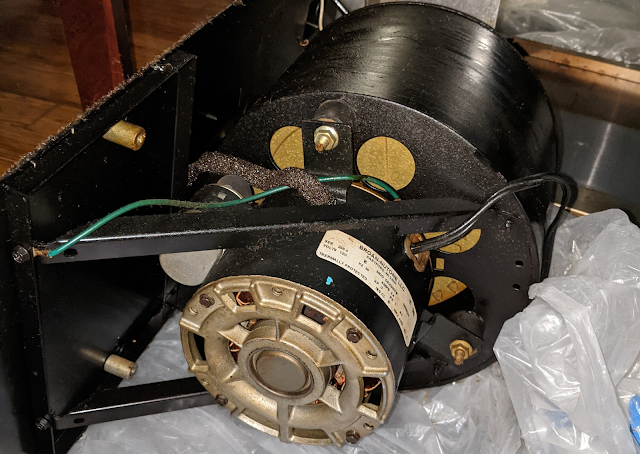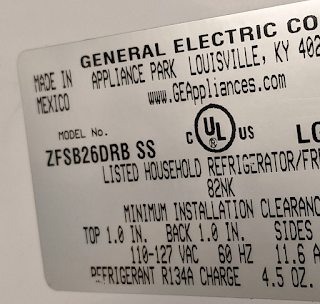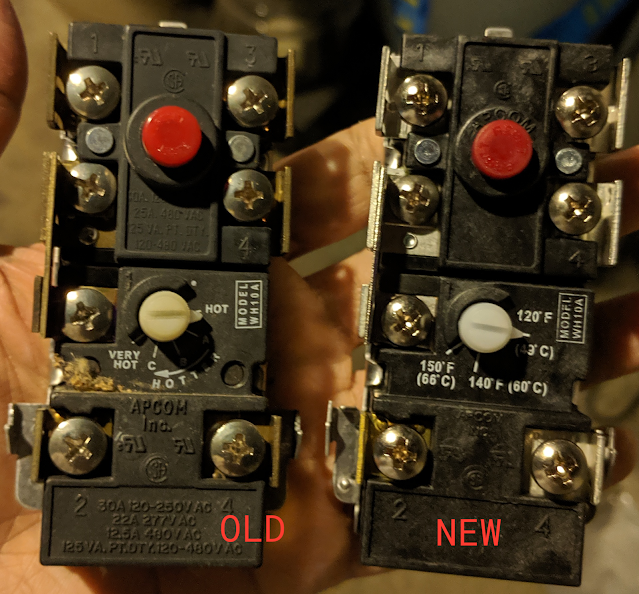The early days of the pandemic deprived me of espressos and cappuccinos from coffee shops, but introduced me to James Hoffman's YouTube videos. One particular video was on pour over coffee technique. Prior to this point, I had only viewed pour over coffee as the premier option at coffee shops and a vehicle for selling their high-end single origin beans.
Now however, I was starting to see this process as an easy and convenient way to brew a single cup coffee at home. This epiphany coincided with the US going into pandemic lockdown and most coffee shops switching to online sales as a means to stay afloat. La Colombe is a local coffee shop in my area that introduced free shipping in those early months, and this was my impetus to start brewing coffee at home. Over the past year and half, pour-over has become my daily morning ritual to get my day started.
My initial investments were a Hario V60 and filters to go with it.
I still had my doubts whether pour over coffee would be something I stuck with, so I bought the cheapest Hario V60 on Amazon. This is the plastic model rather than the more expensive metal or ceramic. I've used it for more than a year now, and can attest that it is very durable. The heat loss is minimal enough to not play a major contributing factor to taste.
The filters I chose were unbleached, only because these were sold at a reasonable price and were in stock
I used a regular saucepan to boil water, and a kitchen scale that I had purchased a few years earlier.
My technique during the first week was very rudimentary. I disregarded all the information I had gained from YouTube and did my own thing. I did not weigh, I did not bloom, I did not do a first pour, I did not do a second pour. I just poured. The results were awful. Also, my initial trial runs were with Folgers ground coffee that was a few months old. It took me another month (or three) to refine my daily routine. Most of this involved revisiting the YouTube videos and making adjustments to my technique.
Hario Kettle
I was able to slow down the pour with the saucepan. It is doable with some concentration. A gooseneck kettle however eliminates the need for careful concentration and lets you focus on spreading the water evenly.
Speed
As I iterated over my technique, I realized that I was pouring too fast and was brewing coffee that was under extracted. To be honest, during that first month I thought the fruity and tangy taste of my brew was just a desirable quality of the single origin beans. I used the stopwatch in my phone and trained myself to pour at a rate that makes the entire process take about 3 min or less (depending on the roast and preference). 3 min is the general recommendation but is certainly not the hard and fast rule.
Temperature
I don't use a thermometer. My preference is
- light roast - violently boiling water, through all stages of the pour
- medium / dark roast - water that has rested 10-20 seconds after violently boiling.
Weighing
I'll admit, I used a scale because coffee is expensive and I didn't want to waste it. As the months, passed by, I also learned to appreciate the consistency it gave to my process. I also learnt that kitchen scales have a feature called Tare
Grinding Beans
I haven't unlocked this achievement yet. Most coffee grinder reviews are mixed. Most coffee shops that sell beans often have commercial grinders that do a much better job for me. Since I tend to consume all coffee purchased within 2 or 3 weeks, this was and still is a compromise that I am willing to make.
Ratios
My routine
- Bring water to a rolling boil
- Cup on scale, with V60 and filter
- Tare scale
- Add coffee grounds 15gm to 19gms
- Tare scale
- Slowly pour up to 40-50 gm of water to "bloom" - this is so that all the grounds are saturated and air pockets are eliminated
- Wait 20 - 30 seconds
- First Pour - Slowly pour water in a concentric pattern until the scale reads 200gm. The secondary objective here is to pour hot water over the coffee ground bed evenly
- Lift the V60 and swirl the water and grounds. Swirling (or stirring with a spoon) will help evenly re-distribute the grounds that were displaced during the previous step.
- Wait 5-10 seconds
- Second Pour - Slowly pour water in a concentric pattern until the scale reads the target amount of water you need to brew coffee
- Swirl water and grounds to settle grounds evenly
- Wait until most of the water has passed through the grounds
- Stir coffee
- Drink








